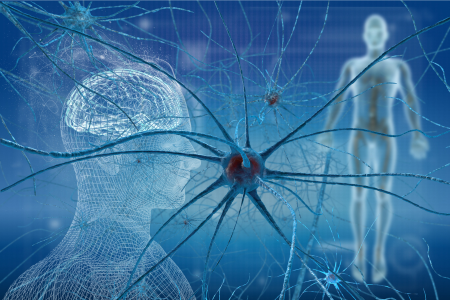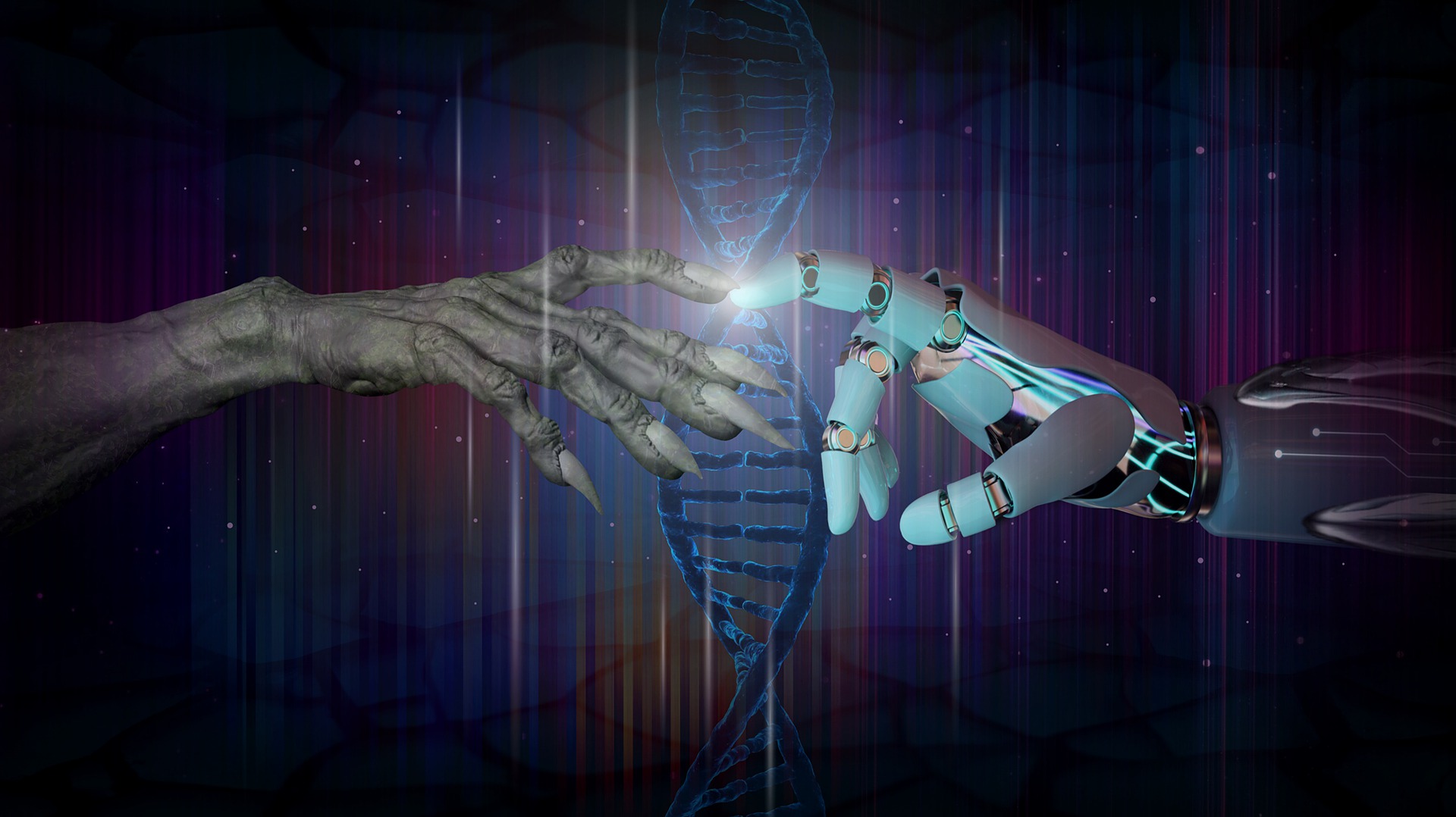News & Research on Psychology | ShareYrHeart
Chronic Stress Reveals Distinct Responses in Brain Cells of Males and Females
Published
9 months agoon
By
ShareyrheartSummary: Chronic Stress Reveals Distinct Responses in Brain Cells of Males and Females. Researchers have shown that a subgroup of brain cells reacts to stress in males and females very differently. The results may help us understand the relationship between chronic stress and diseases including anxiety, depression, obesity, and diabetes and open the door to more specialized treatments for these ailments.
Source: Weizmann Institute of Science

Chronic stress results in an ongoing rise in mental and physical problems
Chronic stress results in an ongoing rise in mental and physical problems, which has a huge negative impact on society. Although not always in the same way, they have an impact on both men and women. Men and women handle stress in different ways, according to a wealth of information, but the reasons why these disparities exist are still unknown. In any case, there are no personalized treatments available for men or women. But Chen’s laboratory, which focuses on researching how the body reacts to stress, made the claim that cutting-edge research techniques might help alter the situation.
However, researchers obtained those results using research techniques that could mask significant variations in the reactions of specific cells or even entirely eliminate the functions carried out by relatively uncommon cells. Earlier investigations in other labs had discovered some sex differences in the response to stress. In contrast, Chen’s group employs cutting-edge techniques that enable researchers to examine brain activity at a previously unheard-of granularity—on the level of the individual cell—and may, as a result, throw new light on the disparities between the sexes.
The study’s principal investigator, According to Dr. Elena Brivio
The study’s principal investigator, According to Dr. Elena Brivio, “We focused on the area of the brain that serves as a main hub of the stress response in mammals, the paraventricular nucleus (PVN) of the hypothalamus, using the most sensitive research lens imaginable. We were able to map the stress response in male and female mice along three main axes by sequencing the RNA molecules in that part of the brain at the cellular level: how each type of brain cell in that region reacts to stress, how each type of cell previously exposed to chronic stress reacts to a fresh stress encounter, and how these responses vary between males and females.
The researchers mapped out gene expression for more than 35,000 individual cells, generating an extensive dataset that portrays an unparalleled picture of the stress response and underscores the differences in how males and females experience and react to stress.The researchers decided to publish the entire detailed mapping as part of the study and in accordance with open-access scientific principles. The website went live simultaneously with the publication of the study, providing other researchers with straightforward and convenient access to the data. In line with Brivio’s comments, the platform will enable researchers concentrating on a particular gene to observe how the gene’s activity alters in reaction to stress within a particular cell category, encompassing both males and females.
The thorough mapping has already enabled the researchers of Chronic Stress
The thorough mapping has already enabled the researchers to pinpoint numerous variations in gene expression, including those between males and females and between acute and chronic stress. The findings revealed, among other things, that different brain cells react to stress in males and females in various ways: Some cells are more sensitive to stress in males and some to stress in females. Researchers discovered that the oligodendrocyte, a type of glial cell crucial for supporting nerve cells and controlling brain activity, exhibited the most significant change within the brain area.
Dr. Juan Pablo Lopez emphasized that while neurons have taken the central spotlight in scientific research, they make up just approximately a third of the total population of brain cells. A former postdoctoral fellow in Chen’s group, he currently leads a research team at the Department of Neuroscience at the Karolinska Institute in Sweden. He emphasized that the method they employed enables them to achieve a more comprehensive and detailed understanding, encompassing every cell type and their interconnections within the specific brain region being examined.
Simple diversity by Chronic Stress
Clinical trials for new medications were only carried out on men up until the 1980s. The general consensus was that incorporating women in the study was superfluous and would merely complicate it by adding new variables like menstruation and hormonal shifts. Previously, researchers discouraged the utilization of female animals in preclinical experiments for similar reasons. Researchers formerly discouraged the use of female animals in preclinical experiments for the same reasons. There is no reason to believe that females would complicate the trials more than males, as it is now understood that male animals usually display greater molecular and behavioral variability than females.
Nevertheless, it’s a common practice in basic science to only use male subjects for tests. Our findings emphasize the significance of considering the gender aspect when it comes to stress-related health conditions, ranging from depression to diabetes. This is vital as it markedly influences the responses of diverse brain cells to stress,” remarks Chen. In the realm of neuroscience and behavioral science, Brivio further explains, “Even when a study doesn’t explicitly focus on gender distinctions, involving female subjects in the investigation remains crucial.” Equally crucial is the implementation of the most nuanced research methods, aiming to capture the most comprehensive portrayal of brain activity possible.
The research team was composed of Dr. Aron Kos, Stoyo Karamihalev, Andrea Ressle, Rainer Stoffel, and Dr. Mathias V. Schmidt, all affiliated with the Max Planck Institute of Psychiatry in Munich. Furthermore, the study involved Dr. Alessandro Francesco Ulivi from the Leibniz Institute for Neurobiology in Magdeburg, Germany, Dana Hirsch from Weizmann’s Veterinary Resources Department, and Dr. Gil Stelzer from Weizmann’s Life Sciences Core Facilities Department.
Source: Weizmann Institute of Science
Image Source: Canva



